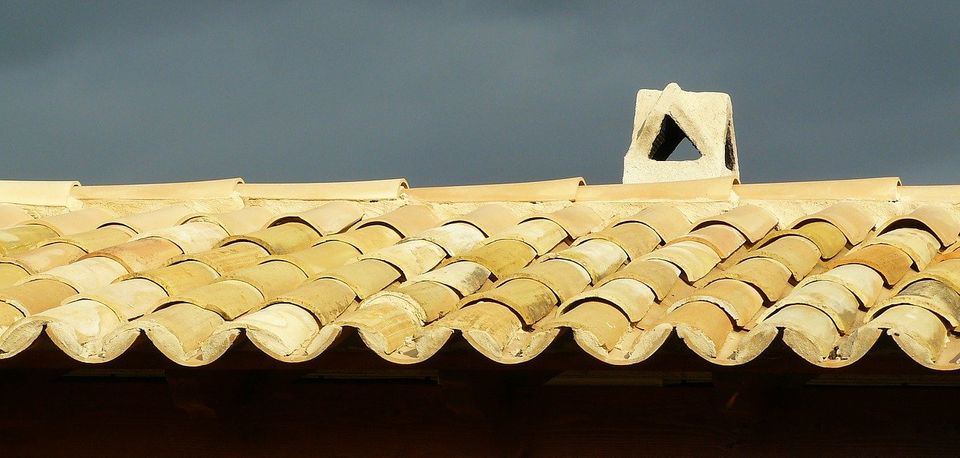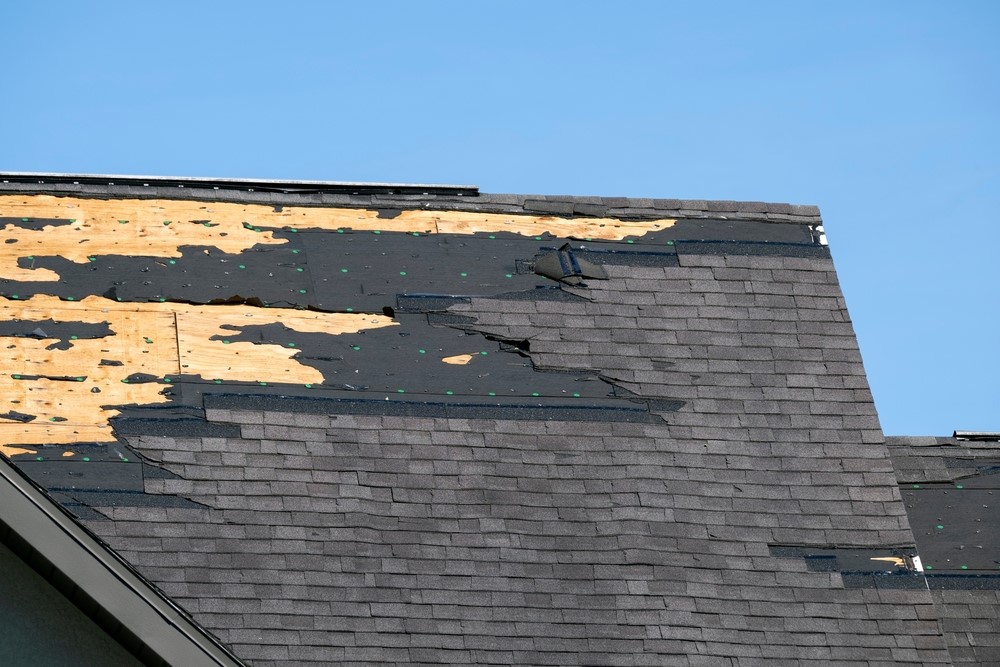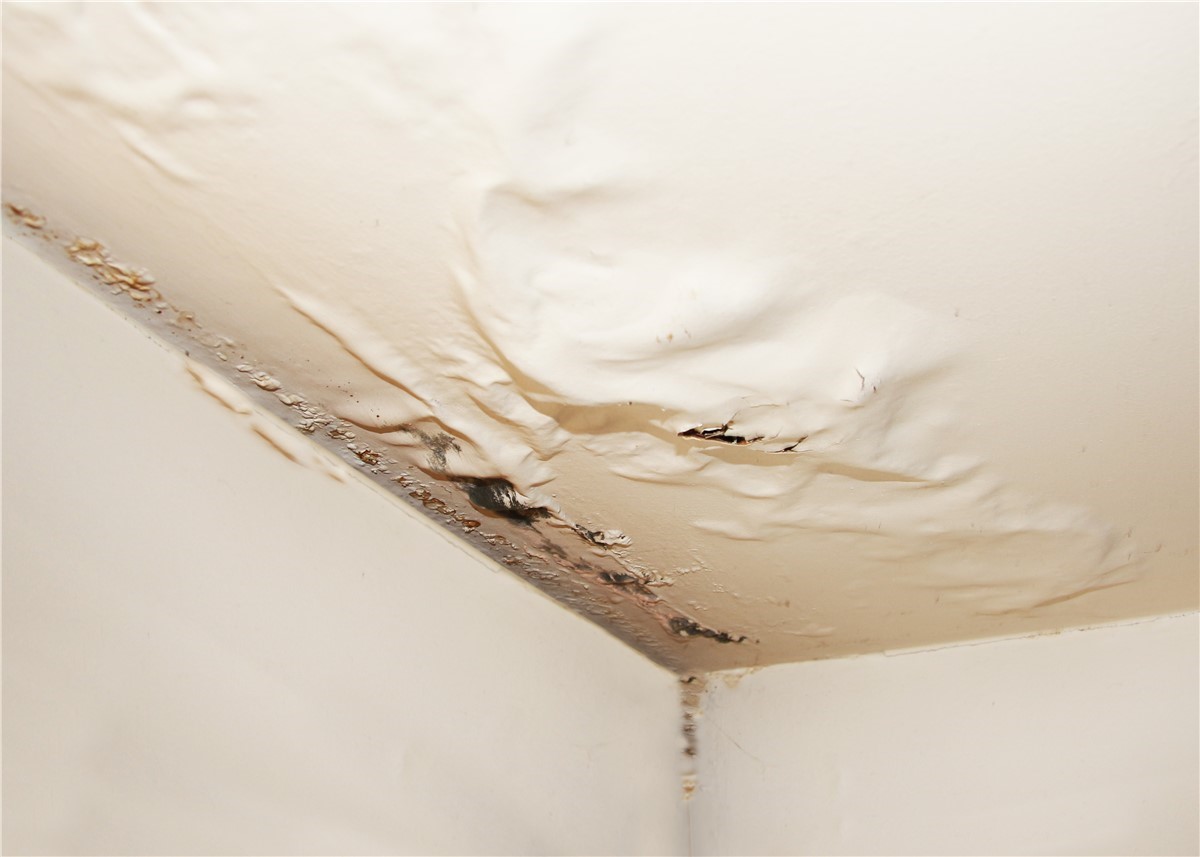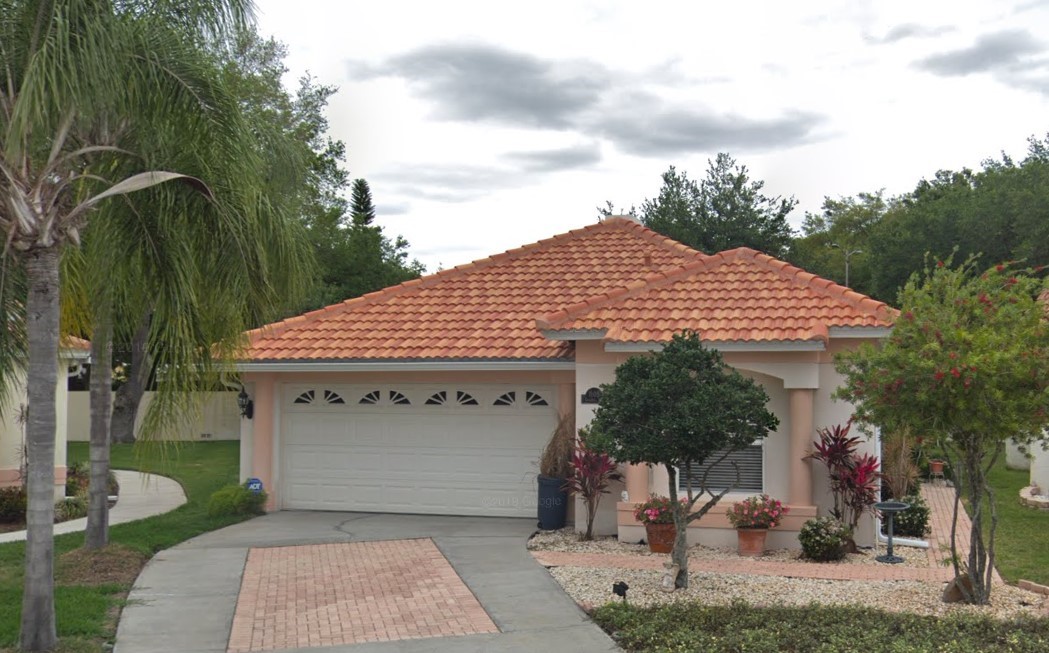Some storm damage is easy to spot. If you see shingles that match your home’s roof in your front yard after a storm, you can probably assume that your roof has sustained storm damage. If strong winds blow over a tree and it crashes into your roof, you’ll be able to see it, and you’ll probably have heard it when it happened. You’ll know that you need to contact your home insurer and a roofing professional.
However, often storm damage isn’t so obvious. You may have a water leak, but you can’t determine quite where it’s coming from. After a tornado or hurricane, you may have damage that you can’t see – a hole that’s too high up or located in a spot that just isn’t visible from the ground, for example. Shingles that blow off in a strong wind may not necessarily land in your own yard – they could end up far enough away that you never see them.
Because hidden roof damage is a real possibility, it’s important to have your roof inspected after a severe storm. Roofing professionals are trained to find hidden roof damage. They’re also trained to inspect your roof safely. A fall from a roof can be quite serious, and a roof after a storm can be especially dangerous, as there might be spots that are slick or soft that you’re not expecting, so it’s best to let the professionals handle it. Take a look at some of the things that a roofing professional may be looking for after a storm.
Water Damage and Leaks
It’s easy to believe that if you have water damage or your roof is leaking, you’d notice it right away. However, the truth is that it’s easy for water damage and evidence of leaks to go unnoticed. The water may be pooling somewhere that’s not obvious, or the leak may be limited to the attic, garage, or some other location where it might be less noticeable.Part of the job of inspecting for damage after a storm is checking the interior of the home for signs of leaks or water damage. You may not have noticed the signs, or you may not be able to place the source of the leak if you did. But a roofing professional will know what signs to look for and will also be able to follow the leak back to its source and find out which part of the roof is letting water in.

Missing and Damaged Shingles or Tiles
You might think that even if you don’t find missing shingles or tiles in your yard, you’d be able to see bare spots where they used to be if you lost some during a storm. However, that’s not necessarily the case. Depending on the design of your roof, parts of it may not be visible from the ground, and if those parts are missing shingles or tiles, you wouldn’t know it without going up there to inspect.Tiles and shingles can also be damaged in a storm in a way that’s not visible from your position on the ground. For example, hail can leave damage that comes in the form of dimples or granules knocked off of the shingles. Chunks of hail may also be heavy enough to crack tiles. In either case, the roof may look fine to you, but this type of damage can weaken your roof. Even if it doesn’t cause leaking immediately, it may lead to leaks over time. Your roof also may not hold up as well against the next storm. For these reasons, it’s important to have a roofing professional check for shingle or tile damage that is only visible from the roof.

Damaged Gutters and Flashing
One thing that you may not think to look for is damage to your gutter system and roof flashing, Your gutter system is important for more than just your roof. Keeping your gutters clear and flowing freely protects your home’s foundationby preventing water from pooling around the house. It also protects your landscaping and siding. Clogged or damaged gutters can cost you a lot in repairs, so it’s important to have them checked following a storm. If your gutters are dented or broken in places, they may be more susceptible to clogging or they may allow water to pool in ways that cause damage to your home.Your roof’s flashing is also vulnerable during a storm. Flashing is often made of galvanized aluminum (most common of roof to wall) or copper and it’s placed in between roof joints, where it helps protect your roof against water leaks. The places between joints are some of the most vulnerable spots in the roof, so flashing acts a reinforcement. But because it’s located in places that are at higher risk for damage, flashing itself is more likely to be damaged during a storm than other parts of the roof.
Flashing can become warped or begin to crack after being exposed to severe weather. It can also be torn away entirely, especially during weather events with severe winds, like hurricanes and tornadoes. Roofing professionals understand the importance of flashing and know where to look to see if it’s been damaged.
If your roof has a warranty, you may be required to have regular roofing inspections and make timely repairs in order to keep the warranty valid. If you let your roof fall into disrepair, such as by failing to have it inspected and repaired following a major storm, the warranty may not be honored. Your home’s insurer may have rules about roof inspection and repair as well. If you file a claim for damage and your insurer determines that the damage was exacerbated because you didn’t have an inspection or schedule a repair earlier, they could deny your claim or approve only part of it, leaving you with a higher repair bill than you planned on. Your best bet is to make sure that you have your roof inspected after serious storms and take steps to repair any minor damage right away before it can become major damage.
Subscribe to Dynasty Building Solutions's Blog







Comments